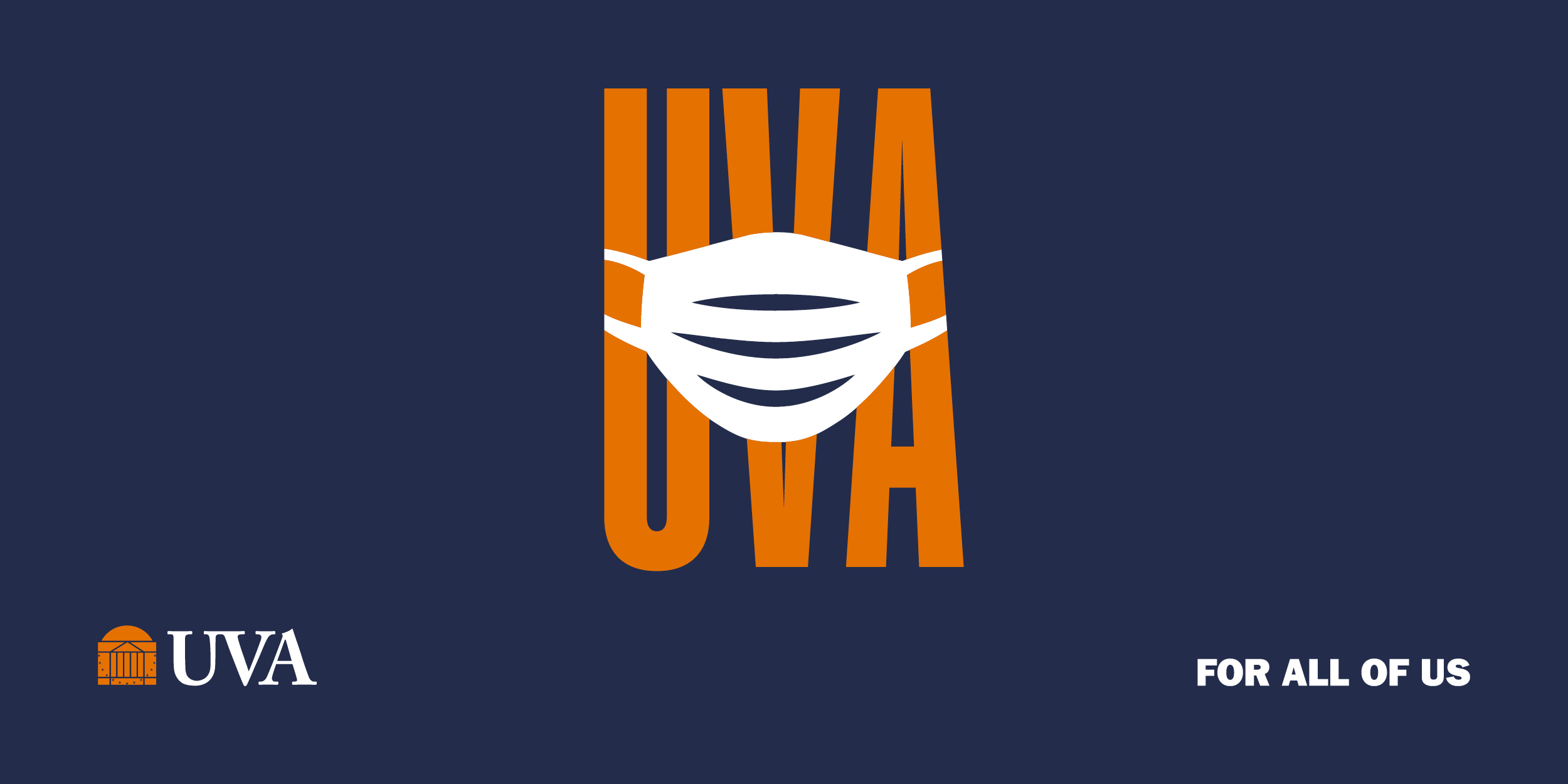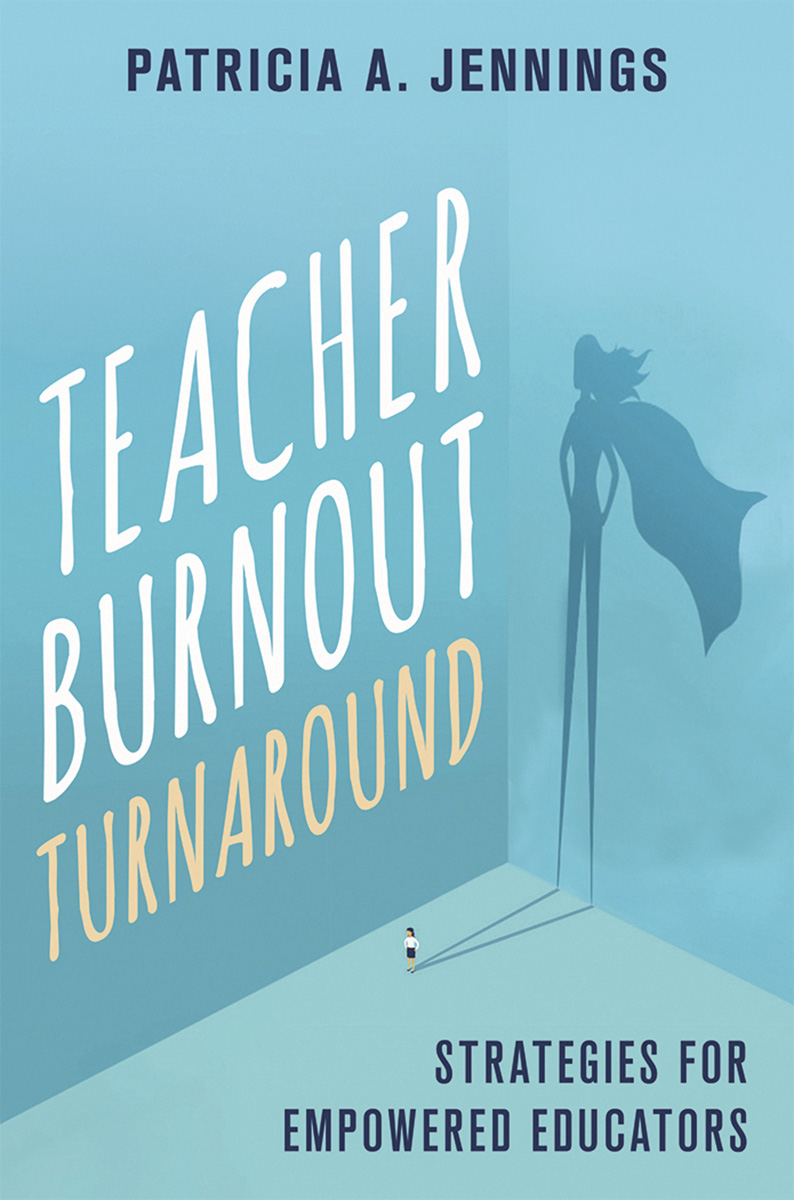For teachers, the calm before the COVID-19 storm was really not that calm, according to Tish Jennings, a professor in the University of Virginia’s School of Education and Human Development.
“While I could not have imagined the specifics of a pandemic like the one we are facing, I did see that the systems were at their breaking points and that one added stressor would be catastrophic,” Jennings said.
Jennings, in fact, had already finished writing a good portion of a new book centered on teacher stress.
After the pandemic hit, she needed to make edits to her draft, but the main thesis – that stress and burnout were eroding teachers’ motivation, performance, quality of classroom interactions, relationships with students and their commitment to the profession – remained the same.
In her new book, “Teacher Burnout Turnaround: Strategies for Empowered Educators” – available Dec. 8 from W.W. Norton – Jennings presents a matrix of stress factors that lead to burnout and shows how teachers can tackle the sources of stress at each pressure point.

Jennings hopes her new book can serve as a road map for teachers trying to transform the system. (Contributed photo)
UVA Today caught up with Jennings to learn more.
Q. What made you want to write this book?
A. I’ve been interested in teacher stress for quite some time. This interest began during a time I was supervising student-teachers for a teacher education graduate program and spent many years observing teachers and their interns. I began to notice that teacher stress can interfere with teaching and relationships with students in various ways. I thought that if teachers could manage their stress better, they would be more able to create and maintain effective learning environments and supportive relationships with their students.
I’ve spent the past 15 years testing this hypothesis in my research and have found that mindful awareness practices, along with emotion skills training, really help. We demonstrated this in a study of a program I developed with colleagues called Cultivating Awareness and Resilience in Education, or CARE.
In two of my previous books, I presented some of these strategies and ideas. The first book, “Mindfulness for Teachers,” introduces the mindful awareness and emotion skills instruction that we have found so useful. The second book, “The Trauma-Sensitive Classroom,” addresses how these skills and practices can help teachers provide support to students exposed to trauma and adversity.

However, I came to realize that the archaic structure of our public school systems contributes to many of these stressors. As I considered these systems, it became clear that teachers are very well-positioned to be change agents in this outmoded system. They just needed a road map and the sense of empowerment to transform the system. That’s what this book aims to provide.
Q. Can you give an example of some mindful awareness practices that might really help stressed-out teachers?
A. We now know that high levels of stress can have negative impacts on both teaching and student learning. At the same time, we also know teaching is more stressful and challenging than ever. When teachers begin to feel stress arise while they are teaching, it can really help to take a short breather. This can involve getting grounded, feeling your feet planted on the floor and the weight of your body pressing against it. It can also involve taking a few slow deep mindful breaths. As you take these slow breaths, focus attention on the sensations you feel in your body as the air goes in and out of your body.
Both of these brief mindful awareness practices can help us settle our mind and body. Teachers can also introduce these practices to students. Adults spend a lot of time telling kids to calm down and pay attention, but we rarely teach them how to do this. Teachers can build these practices into their routines to prepare students for learning. For example, inviting students to take the slow, mindful breaths before a lesson can help them calm and focus their minds.
Q. Can you explain how a “stress matrix” (which you talk about in your book) works?
A. When I began to examine the stressors teachers experience, I discovered a multidimensional matrix of lines and pressure points that extend from the micro to the macro levels of the education system. Here I am talking about these levels: teacher, student, student-teacher relationships, school, district, and society. When we examine these stress points and the ways in which they impact teaching and learning, we learn how they can be modified from the inside out to transform the system. They become leverage points.

Jennings’ new book, “Teacher Burnout Turnaround,” is available Dec. 8 on Amazon.
Many of these stressors are artifacts of the old “factory model” of the school system that are no longer relevant, in light of our modern understanding of learning and developmental science.
Back in the late 1800s and early 1900s, when public education systems began to be developed, first in cities, and then in smaller communities, the challenge became how to scale the delivery of basic education. When I say “basic,” I mean what we would consider today basic reading, writing and numeracy that most children accomplish by fourth grade in today’s world. The only model developers had for how to scale such a process was the factory, and since they were preparing children for the rapidly growing Industrial Revolution, it made sense to create a system that mirrored a factory. This is how we ended up with children and youths siloed by age group and passed from one grade to the next. This is why content is also siloed into arbitrary time blocks. This is also why the systems developed standardized teaching and learning, a “one size fits all” way to teaching basic content to the masses. We now know that this is not the optimal way to teach or learn, but the system hasn’t kept up with the science and the needs of our rapidly changing modern world.
While there have been promising experiments and alternative approaches to transforming education, none have been successfully scaled and we’re left with this outmoded system that has become the sources of stressors that impair teaching and learning. There is no need to teach masses of factory workers. Indeed, today societies’ workers in the most competitive fields are self-directed and spend time collaborating in teams.
Students learn better when we empower them to be self-directed, but the system is not set up that way. It is a highly structured, top-down hierarchy that forces both students and teachers to compartmentalize learning in a way that limits creativity and deeper exploration of complex problems. “Teacher Burnout Turnaround” addresses these stressors and shows teachers how they can empower themselves and their students to shift the learning environments to better accommodate our 21st-century learners. By doing this, they can alleviate many of the stressors while boosting student engagement and learning.
Q. What’s your overall message to our teachers on the front lines?
A. Please don’t give up. Our children and families need you. Do what you can to take care of yourself and learn empowerment strategies to take charge of your work environments. Trust that you know what your students need and advocate for it.
The teaching profession is in the midst of a growing shortage which is likely to accelerate with COVID-19. Older teachers who may have planned to teach into retirement age are leaving because they don’t want to expose themselves to the hazards of COVID-19. This shortage gives teachers new leverage. We just need to know how to use this leverage to effectively facilitate the changes we want to see in our schools.
Q. Anything else you’d like to add?
A. This is a crisis of major proportions, yet it is also an opportunity for teachers to take the lead in directing the change we see is so needed today. The growing shortage will give teachers the leverage they need to demand better working conditions. However, they will need to know what to demand and that’s where my book comes in. I’m hoping that this book will herald the Decade of the Teacher.
The COVID-19 pandemic has thrown education systems into further turmoil. This past spring, teachers had to quickly adapt to teaching remotely. Many teachers lost contact with some of their students who didn’t have the resources to access learning this way, causing additional distress. While this crisis has had significant harmful effects on many, it has also revealed systems weaknesses, flaws and inequities. It’s not the content that is difficult to deliver. Everything our kids need to learn is accessible online. It’s the relationships our kids have with their teachers and peers that cannot be adequately replicated online.
The true value of teachers is their ability to create engaging learning environments, which is by nature a social endeavor. As we recover from this pandemic and teachers and students return to schools, we must let teachers take the lead in using this opportunity to transform our schools so they meet the needs of this century.
Media Contact
Article Information
November 2, 2020
/content/qa-professor-aims-alleviate-teacher-burnout-her-new-book

